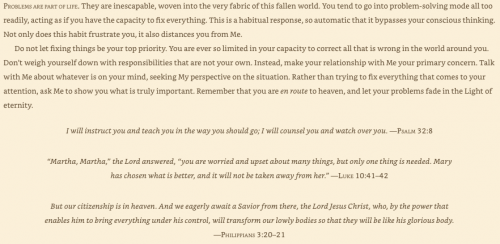Mystical Hope
Friday, November 30, 2018
Cynthia Bourgeault, one of our core faculty members at the Center for Action and Contemplation, writes about the unshakable depths of hope:
Must we be whiplashed incessantly between joy and sorrow, expectation and disappointment? Is it not possible to live from a place of greater equilibrium, to find a deeper and steadier current?
The good news is that this deeper current does exist and you actually can find it. . . . For me the journey to the source of hope is ultimately a theological journey: up and over the mountain to the sources of hope in the headwaters of the Christian Mystery. This journey to the wellsprings of hope is not something that will change your life in the short range, in the externals. Rather, it is something that will change your innermost way of seeing. From there, inevitably, the externals will rearrange.
The journey to the wellsprings of hope is really a journey toward the center, toward the innermost ground of our being where we meet and are met by God.
Meditation, more than any other spiritual practice, nurtures the latent capacities within us that can perceive and respond to divine hope. In the classic language of our tradition, these capacities are known as the “spiritual senses.”
Deeper than our sense of separateness and isolation is another level of awareness in us, another whole way of knowing. Thomas Keating, in his teachings on centering prayer, calls this our “spiritual awareness” and contrasts it with the “ordinary awareness” of our usual, egoic thinking. The simplest way of describing this other kind of awareness is that while the self-reflexive ego thinks by means of noting differences and drawing distinctions, spiritual awareness “thinks” by an innate perception of kinship, of belonging to the whole.
The only thing blocking the emergence of this whole and wondrous other way of knowing is your over-reliance on your ordinary thinking. If you can just turn that off for a while, then the other will begin to take shape in you, become a reality you can actually experience. And as it does, you will know . . . your absolute belonging and place in the heart of God, and that you are a part of this heart forever and cannot possibly fall out of it, no matter what may happen.
[I]n the contemplative journey, as we swim down into those deeper waters toward the wellsprings of hope, we begin to experience and trust what it means to lay down self, to let go of ordinary awareness and surrender ourselves to the mercy of God. And as hope . . . flows out from the center, filling us with the fullness of God’s own purpose living itself into action, then we discover within ourselves the mysterious plenitude to live into action what our ordinary hearts and minds could not possibly sustain.


